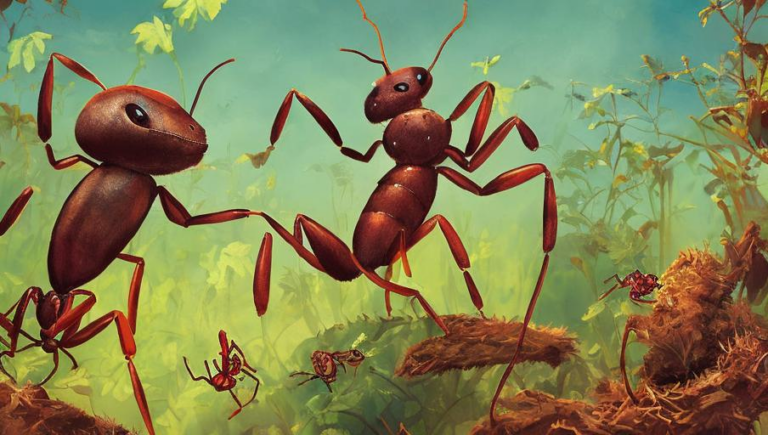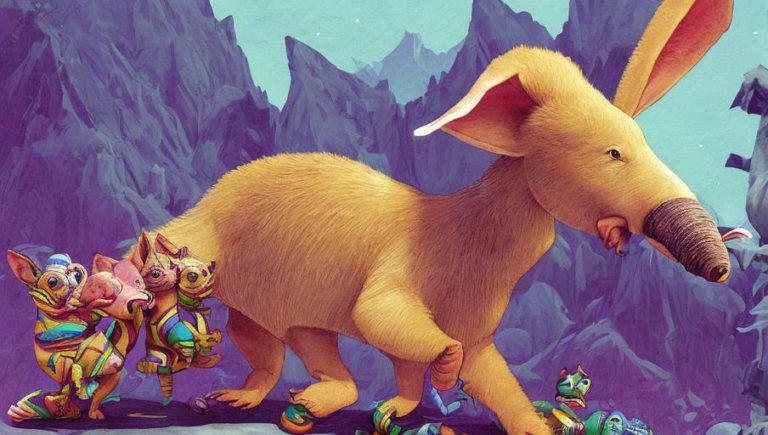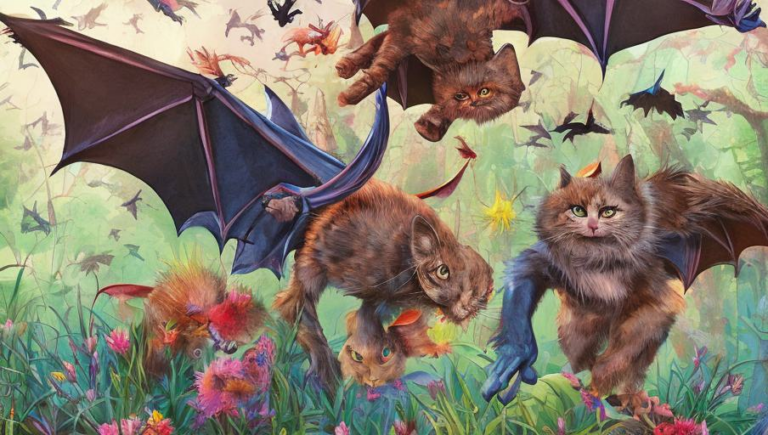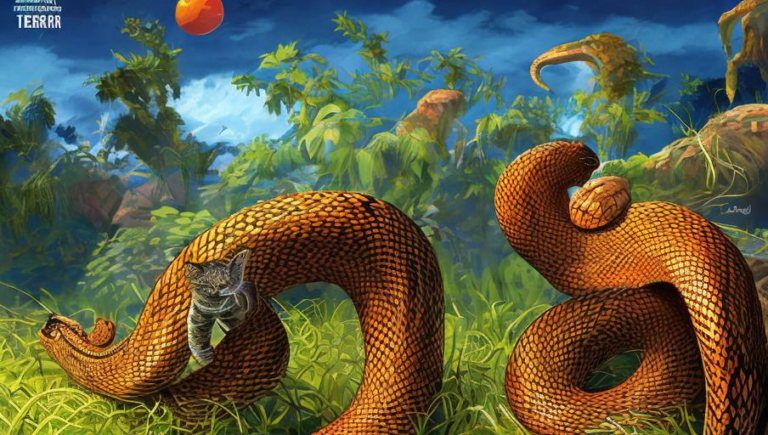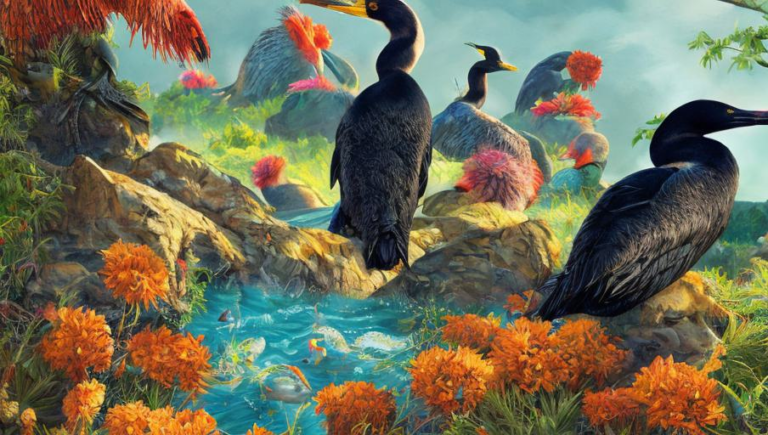Facts About the Chamois’ Habitat
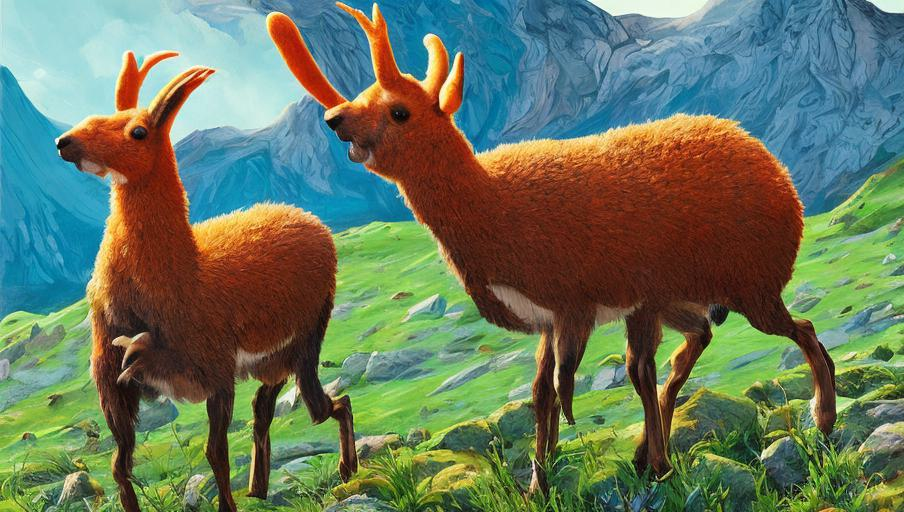
Facts About the Chamois’ Habitat
The chamois, also known as the Rupicapra rupicapra, is a species of goat-antelope native to the mountainous regions of Europe and Asia. With their strong and agile bodies, chamois can easily traverse rocky terrain and steep slopes. They are a very adaptable species and are found in a variety of habitats, from coniferous forests to alpine meadows. Here are some interesting facts about the chamois and their habitats.
Where do Chamois Live?
Chamois are found in many mountainous regions of Europe and Asia, mainly in the Alps, the Pyrenees, and the Carpathian Mountains. They prefer habitats with rocky and steep terrain, as well as grassy meadows in higher elevations. They are also found in some parts of North Africa and the Middle East.
What Do Chamois Eat?
Chamois are herbivores and primarily eat grass, flowers, and other plants. They also eat moss, lichen, and fruits when they are available. In the winter months, they sometimes eat bark, needles, and twigs from coniferous trees. They also eat insects and other invertebrates.
Behavior and Social Structure
Chamois are social animals and live in groups of up to about 10 individuals. The group is led by a dominant male, who is in charge of defending the group from predators and leading them to food sources. The group also includes females and their young. During the mating season, males compete for the attention of females and may fight each other using their horns.
Threats and Conservation
Chamois have been threatened by habitat destruction due to human activities, such as logging, mining, and construction. They are also threatened by poaching and hunting for their meat, horns, and hide. As a result, their population has decreased in some areas. However, in recent years, efforts have been made to protect their habitats and to enforce hunting regulations. As a result, the chamois population has been increasing in some areas.
Conclusion
The chamois is an amazing species adapted to survive in some of the most rugged and inhospitable terrain. They are found in many mountainous regions of Europe and Asia, where they feed on a variety of plants and insects. Despite threats from human activities and hunting, efforts have been made to protect their habitats, which has helped to increase their population in some areas.
